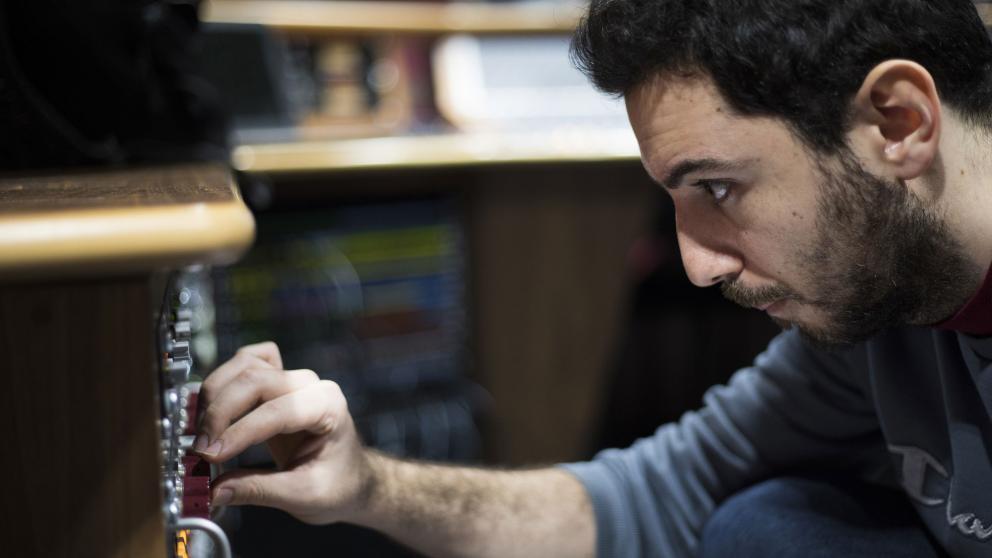Creative Coach
Research students working in STEM subjects can request a creative coach as part of their supervisory team. Typically working in a creative discipline, the creative coach can advise on impact, public engagement and ways of thinking differently about the research project.
Case Study
Chiamaka Grace Agwubilo is a final year Biochemistry PhD student in Human and Natural Sciences (HANS) in SEE (School of Science, Engineering and Environment). Chiamaka has told us about her experience with the Doctoral School and the creative coach scheme.
"I work with Dr Natalie Ferry and her research team focusing on the production of recombinant (proteins made by a microbial host) novel enzymes sourced from understudied environments such as invertebrate guts, as animals such as slugs have a microbial consortia capable of fully digesting tough plant biomass (see our previous publication - Joynson et al, 2017). The enzymes of interest can breakdown waste plant biomass into sugars which will be of value for bioalcohol (biofuel) production or as feedstocks for chemical conversion to high value molecules useful in green manufacturing. Thus, this work aims to reduce our dependency on oil and thus promote the green bioeconomy. A recent collaboration with Dr Zeljka Krpetic involved attachment of these enzymes to nanoparticles for optimised function.
Throughout my research, I have participated in conferences, workshops, symposia and exhibitions across the United Kingdom. Most recently, a Sci-Art interdisciplinary creative exhibition at the Science and Industry Museum, Manchester with Dr Lawrence George Giles (Arts and Media) as creative coach. The exhibition was 'The Sun' and the research team explored how energy from the Sun is harvested by plants, providing novel solutions to the energy crisis. The exhibition saw close to a thousand of visitors in a single evening and as well as the science we offered the public hands on experience with cyanotyping, an opportunity to explore art based on plants and natural processes (original work by Abigail Elliot, an Arts and Media final year undergraduate). We showcased our collaborative research at Salford with a 3D printed nanoparticle with protein conjugates (Makerspace), light bending solutions of nanoparticles and videos and posters explaining our scientific rationale.
The Sci-Art collaboration has extended my experience beyond my love of solving analytical problems and allowed me to expand into science communication and explore new ways of sharing this exciting research."

